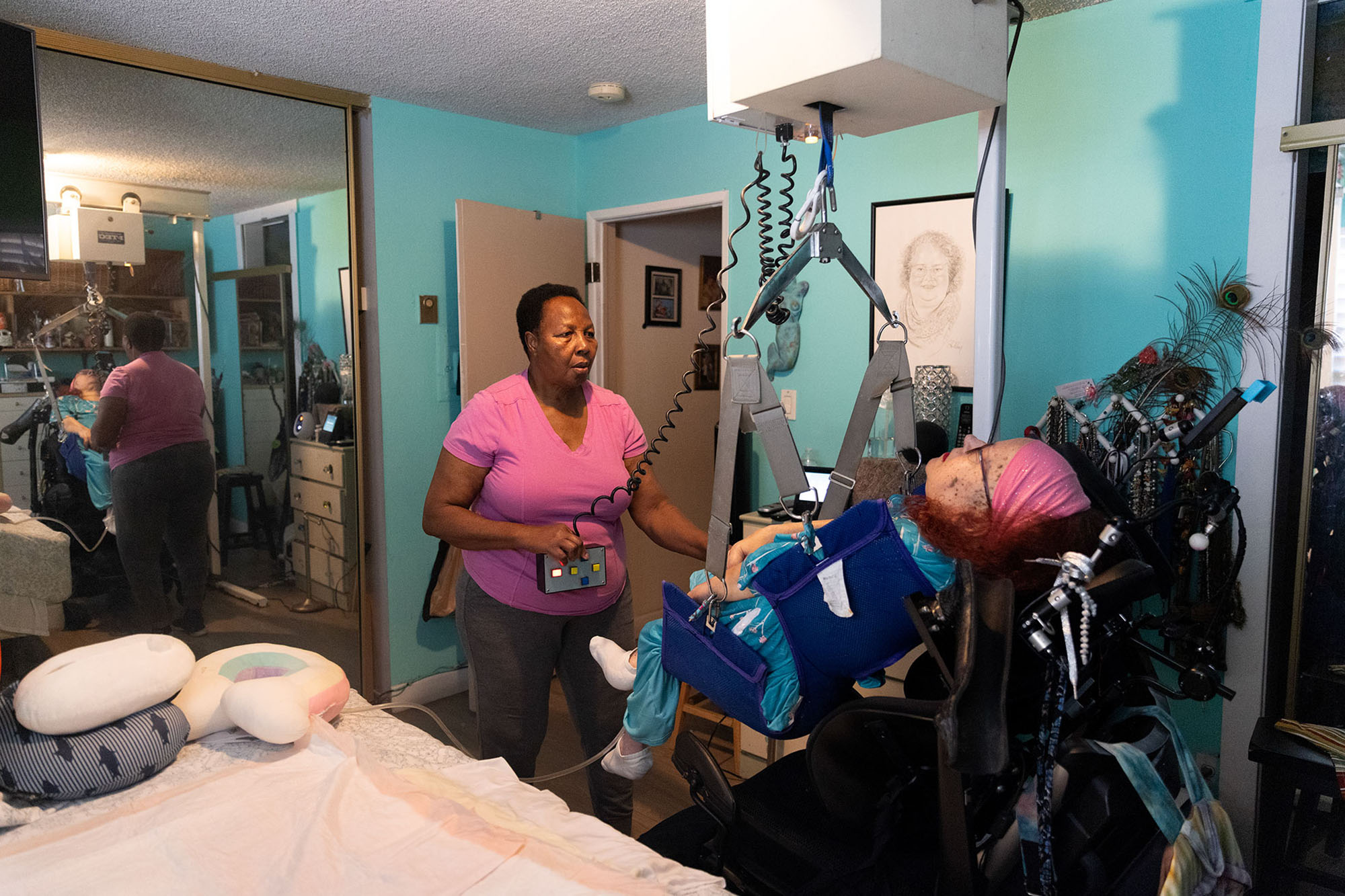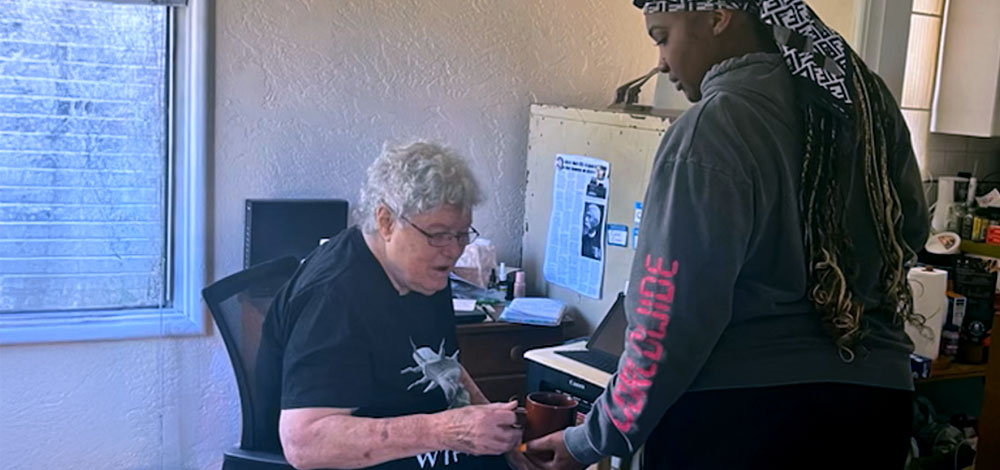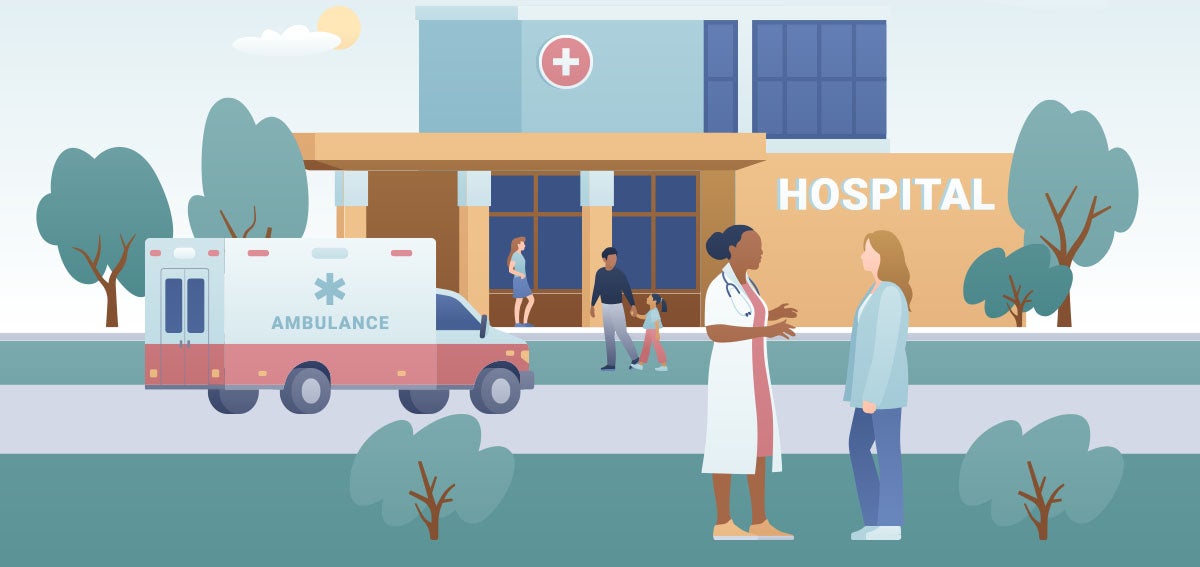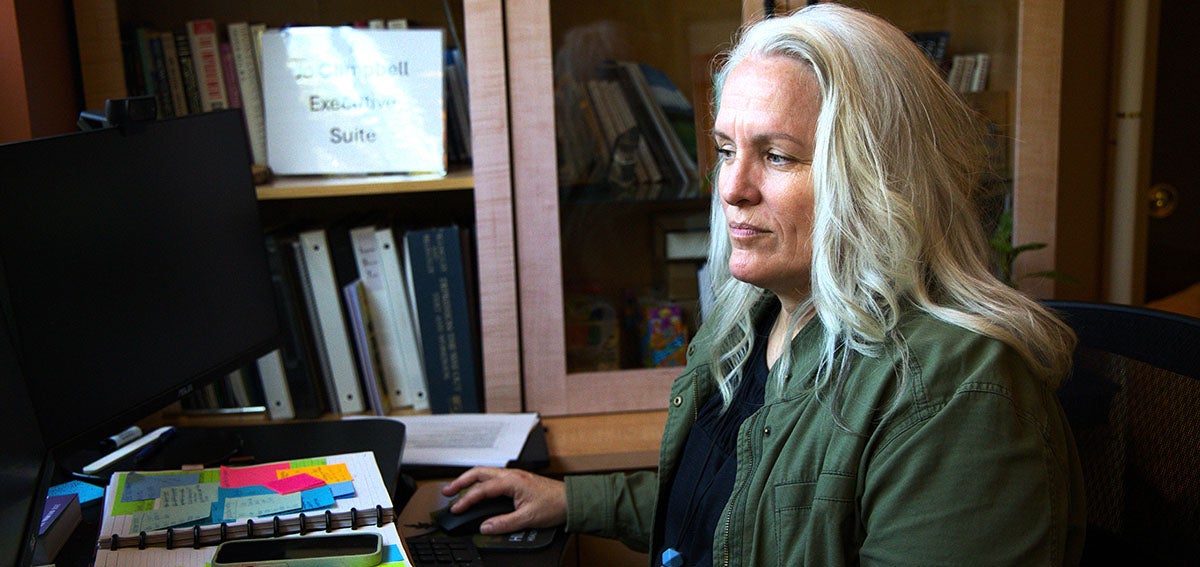View the Report
Jump to All Downloads & LinksPresumptive eligibility (PE) is an important tool for states to enroll people with low incomes into temporary Medicaid coverage. As California continues to expand eligibility for Medi-Cal, its Medicaid program, there is growing interest in understanding options for enrolling all eligible people. This report presents findings from two related studies on PE. One examined a type of PE called hospital presumptive eligibility (HPE) in Medi-Cal. The other focused on how other states have implemented HPE for adults and PE for children. Both studies point to opportunities for California to improve presumptive eligibility as a pathway to ongoing coverage.
The study on California hospitals’ experiences points to ways the state — and, in some cases, counties — could make it easier to help people who receive PE apply for ongoing Medi-Cal coverage:
- Provide clear guidance to hospitals and applicants about Medi-Cal eligibility for undocumented immigrants, since children and young adult immigrants are eligible regardless of their immigration status, and the state plans to make immigrants of all ages eligible in 2024.
- Make the Medi-Cal application less daunting to complete by shortening the paper and online applications and making them more user-friendly and understandable.
- Facilitate opportunities for people to demonstrate eligibility for ongoing Medi-Cal (e.g., by using portals to easily transfer documents and expanding access to live telephone assistance).
- Foster connections between hospitals and county eligibility staff to ensure applications for ongoing Medi-Cal are complete and eligibility determinations can be made promptly.
- Provide more guidance on policy changes to hospital staff supporting HPE and Medi-Cal applications to ensure that they do not miss new ways for patients to gain coverage, such as allowing applicants to provide verbal signatures on their applications.
Findings on the HPE and PE implementation choices in other states, and study respondents’ views of their effectiveness, suggest additional options for California. These policy and programmatic choices are not currently in place in Medi-Cal, but might be feasible in California’s county-based eligibility determination structure:
- Expand the range of entities qualified to conduct PE determinations to include community organizations, which could help to reach people in communities that Medi-Cal may otherwise fail to reach, such as immigrants or people who speak languages other than English.
- Explore application design options to facilitate transitions from PE to ongoing Medi-Cal, such as whether California’s PE portal could support automatically generating Medi-Cal applications using PE application data
- Require hospitals to help HPE and PE enrollees complete their applications for ongoing Medi-Cal, instead of only requiring the entities qualified to conduct PE determinations to provide the application.
- Ensure quality monitoring is consistent across counties to facilitate transitions from temporary coverage to ongoing coverage.
- Enhance HPE and PE data collection to understand how many HPE and PE enrollees subsequently apply for Medi-Cal and the potential disparities in these application rates among HPE and PE enrollees.
Future studies could examine the relationship between enrollment assistance practices and enrollment outcomes, survey a larger number of hospitals in California or respondents in other states, examine the perspectives of PE enrollees, or explore the role of Medicaid managed care plans in facilitating transitions from PE to ongoing Medicaid.





